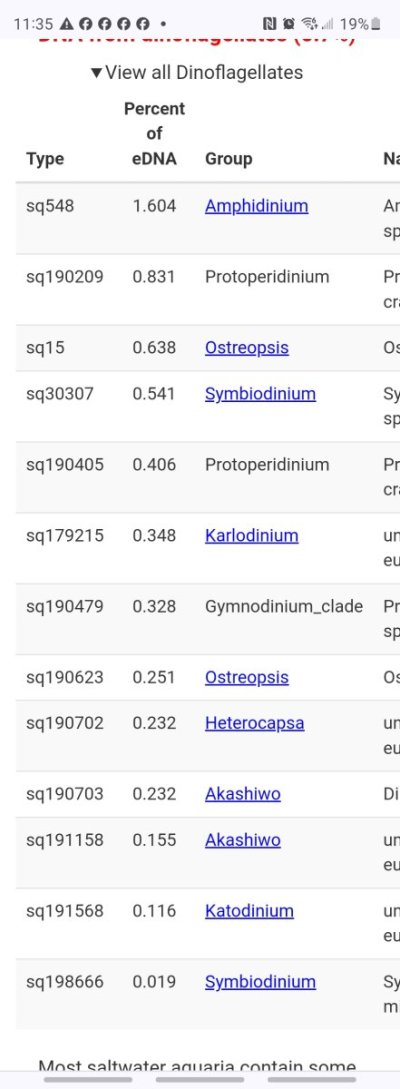sixty_reefer
5000 Club Member
View BadgesArticle Contributor
UK Reef Club Member
Hospitality Award
R2R Research
That’s absolutely correct, not just in the past many still do it successfully today as a method, meaning that there is some knowledge behind what they doing, they feed immensely they’re tanks and export the same, meaning that at any given point there is a abundance of nutrients, most people stop feeding they’re tanks as soon as they see a few green hairs of algae growing and deplete the systems out of nutrients. There’s a big difference between having a good import export system and depleting a system out of nutrients.I’m sorry, but that isn’t definitive. There are many reef aquariums, more in the past, that kept nutrients stripped without issue.
in addition I haven’t seen anyone being successful at reducing or eliminating invasive algaes by just depleting a system of nutrients. Not entirely sure on why it become a common practice.















